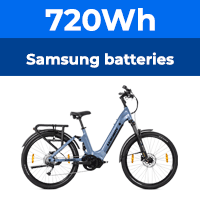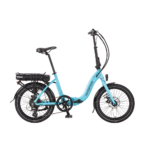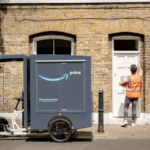One thing to watch is the battery voltage. As one of the things I used to do was safety approval related I was already familiar with the Low Voltage Directive. Provided you keep the system voltage below 75V DC (or 50V AC on the phase leads) then there is no need for any approval under the LVD. It's one reason that the maximum battery voltage allowed under the EN15194 regulations is 48V.An interesting point as well is that many high powered, fast ebikes can be brought back in line by simply substituting a lower voltage battery.
For instance my bikes battery is 63v. It would be very easy to dispose of that battery (assuming I'm not insensible as a result of an accident) and present the bike for inspection with a 36v battery - whereon it would match the characteristics of most "legal" ebikes - ignoring the type approval issue etc.
And of course it's very easy to also have a passive system built in so anyone testing the bike wouldn't be able to get the bike to assist above 16mph and the wattage would also be very low - certainly in line with EN approved bikes - in fact it'd feel a bit wimpy, the tester would probably conclude walking to be faster ;-)
Of course, Tilson will tell me that the above is all perjury etc - and he'd be right.
I've made a point of trying to keep all my ebikes down to around the 48V level (with the exception of one test I did at around 60V on a 15S pack), really just to play safe. The risk is tiny, but it might be one more thing that someone could throw at you if it all went horribly wrong.
The downside of doing this is that I'm forever hunting out high speed motor winds.................







